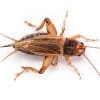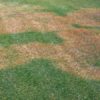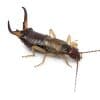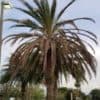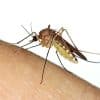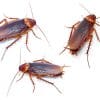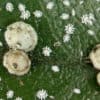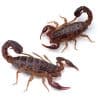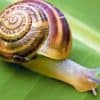
Thrips
Thrips are are tiny insects that often go undetected but can cause serious problems in the garden.
Both larval and adult thrips feed using a “punch and suck” technique. They can feed on leaves, buds, flowers, and even small fruit. Leaves infested with thrips dry out and have a stippled or silver-flecked appearance. You may see small brownish specks of excrement on the undersides of leaves.
Infested flower buds fail to open, or the blooms are deformed, while damaged flowers become streaked and discolored.
Chilli thrips feed on dozens of plants, including roses, citrus, plumbago, and Indian hawthorne. They attack all above-ground growth, but prefer young leaves, buds, and fruits.
Common symptoms include bronzed, curled, or stunted leaves. Infested plants decline over time, and severe infestations can cause total leaf loss.
You can check for thrips by shaking injured parts of the plants over a white piece of paper. Thrips can be yellow, brown, or black; chili thrips are light in color, with feathery wings and a dark stripe along their thorax.
A number of insecticides can be used to manage thrips, including horticultural soaps.
We can help!
Get a free estimate and find out how we can solve your pest problems.








